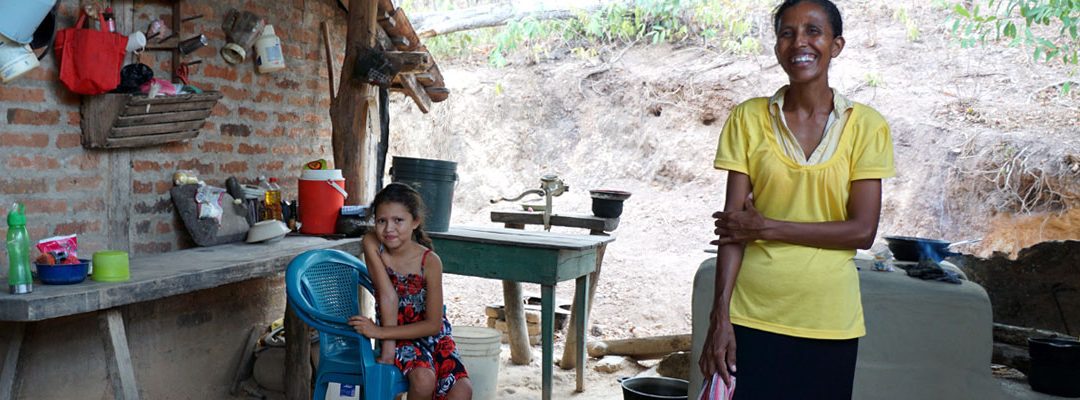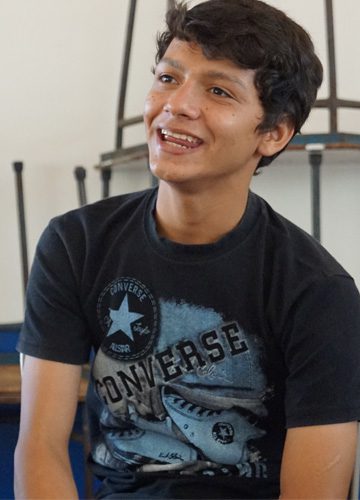When we train 40 people and they turn around and share their new knowledge with 900 others!
One of the most impacting thing we learned during our April trip to Nicaragua was that the 40 new moringa Peer Educators we trained in El Zapote and Granada just four months ago, in December 2015, have already shared their knowledge with 900 others! Some shared with their friends, families, and neighbors, while others held larger-scale trainings. This is the power of peer education in action – people teaching people teaching people – on and on and on!
El Zapote: In spite of a severe dry season in the northern Nicaraguan village of El Zapote, a number of our new Peer Educators have managed to start growing and using moringa and are seeing improvements in their health. They are planning to plant more trees and provide more trainings as soon as the rainy season starts. While in El Zapote, we again stayed in the home of Mariella (above in yellow), pictured here in her kitchen with her daughter Brenda. While Mariella lives very humbly, she is a generous and kind host who makes wonderful meals on her wood-burning stove (see behind her in the photo). She even taught Rick how to make tortillas!
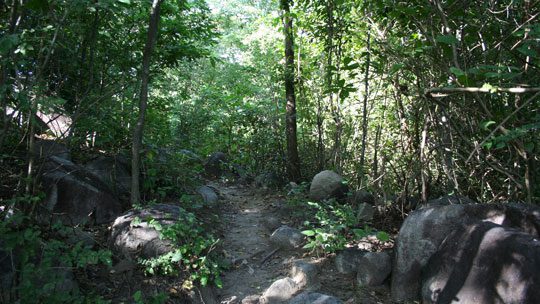
El Zapote - rainy season
The path over the mountain in El Zapote leading to some of our Peer Educators’ homes was lush and green last December.
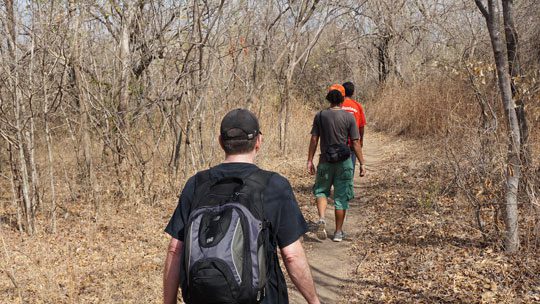
El Zapote - dry season
That same path is brown and barren in the dry season, just four months later.
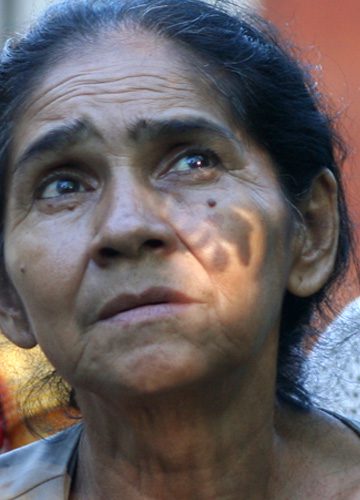
Sylvia is a midwife in El Zapote and the surrounding villages. She received Peer Educator training in December 2015 – that’s her in the photo to the left learning and thinking about how she could use moringa to benefit the pregnant women with whom she works. When we saw her again in April, she told us that she’s growing over 20 moringa trees, in spite of the harsh dry season.
Since her daughter’s death, Sylvia has been caring for her 5-year old granddaughter, Ashley. Ashley has been underweight and her hair was dry like straw (two classic signs of malnutrition). After learning about moringa in December, Sylvia started adding it to their daily meals. Sylvia reported that Ashley has gained weight and her hair is again shiny and black. When we saw her in April, she was a normal, bouncy, happy little girl. It’s a beautiful thing to see what good nutrition does for a child!
Sylvia is also teaching her maternity patients all about moringa. Good nutrition helps these mothers to be stronger, aiding them to have healthier pregnancies and safer births. After childbirth, eating moringa regularly increases the quanitity and nutritional quality of the mothers’ milk. These rural women, with little access to health care, can have a sustainable source of good nutrition – all because Sylvia became a Strong Harvest Peer Educator.
Silvia is having an amazing impact on her community!
Granada: This group of Peer Educators is a mixture of people who live in the town of Granada and others who live in a village outside of town and belong to an agricultural co-op. These folks had all trained an amazing amount of people in the four months since we’d last seen them.

Above L to R: Lesly – Strong Harvest Country Coordinator, Cecilia, Edbin, Maryuri, and Anna Maria
Below: Lupita, Ruslan, and Luis
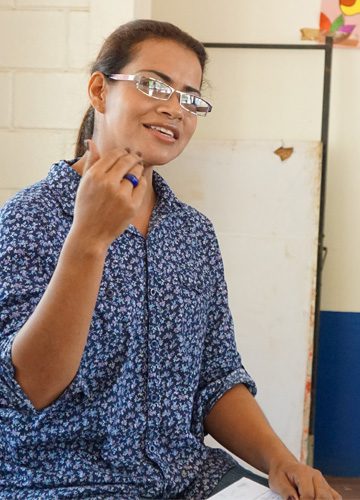
Lupita
Since December, Lupita has held a number of moringa trainings at the Dr. Lorenzo Guerrero school where she teaches. She’s taught the older children how to cook with moringa and has held trainings for their parents. She told us that many children come to school hungry as there is not enough food at home. With moringa growing in a family’s yard, good nutrition is always at their fingertips. Lupita is committed bringing this resource to her community!
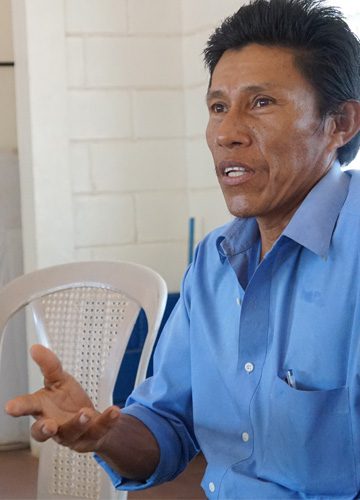
Luis
Luis lives in the village of Madroño and is a member of the Carlos Fonzeca Agricultural Co-op. He grows citrus and plantains and raises cattle. He has planted moringa cuttings to grow trees for his family and also to feed to his cattle so they’ll produce milk even in the dry season. The members of the co-op have already provided moringa training for others in their area – they are reaching out to more and more people with the benefits of moringa!
While we were at the Guererro School, we went out to the garden that Lupita and the school kids have planted. We wanted to see the how the tree was doing that had been pruned during the December 2015 training. Most people are afraid to aggressively prune their moringa trees for fear of killing them, but moringa thrives on severe pruning. Check out the pictures below of this happy, healthy tree!
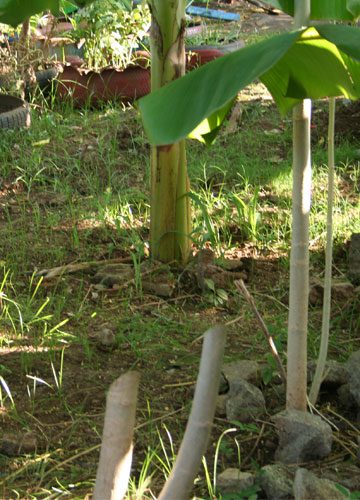
Tree pruned in Dec. 2015
The two sticks in the foreground of this photo are all that was left after pruning a 6-foot tall moringa tree – it was pruned down to about 18 inches. We ask people to prune just one tree to see how it will react. We know that once they see the results, they’ll be convinced to prune their trees regularly which will bring a harvest of more and more nutritious leaves.
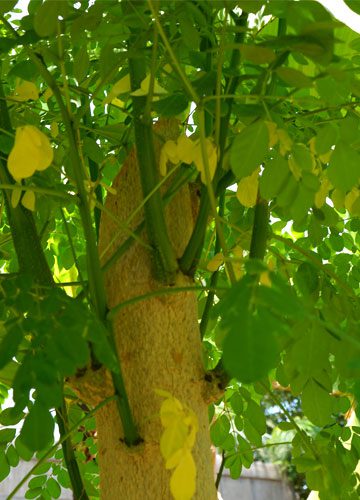
New branches galore!
Here is a close-up of the branches that were put out over the four months since the tree was pruned. This picture was taken in April 2016. Incredible, right?
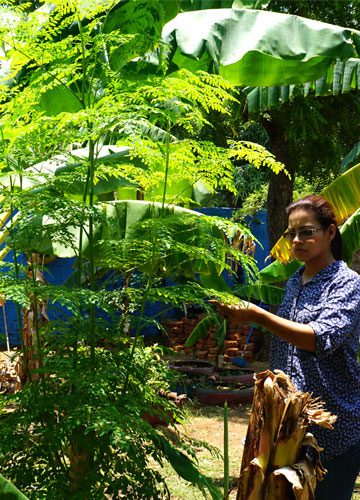
Lupita with her full, gorgeous tree!
Before pruning, this tree had very few branches and was not producing enough leaves for harvesting. Now, it’s over 8 feet tall with multiple branches and there are plenty of leaves! Our Peer Educators have seen for themselves the benefits of pruning.
Seeing the level of engagement of our Peer Educators in growing and using moringa themselves, experiencing the positive impact on their own health, and sharing their knowledge with others is such a blessing and is the fruition of the vision that God gave us for Strong Harvest. This is an amazing journey and we are grateful to be apart of it!
